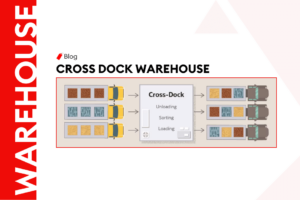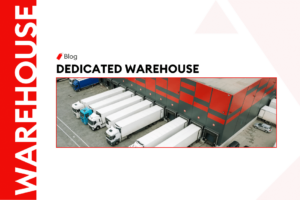Home » Services » Door to Door » IMEA » Qatar
Unlock seamless logistics solutions for air and sea freight in the Qatar-UAE trade lane.
UAE- Qatar
Overview
Discover the strategic logistics landscape of Qatar, with insights into major air and sea cargo hubs to streamline your shipments.
Airport Details
The airports managing cargo operations in Qatar are:
- Hamad International Airport
Airport Code: DOH
Cargo Handling Capacity: 1.4 million tonnes/year
Note: State-of-the-art cold storage, advanced cargo terminal, and customs clearance facilities for expedited processes.
- Doha International Airport
Airport Code: DIA
Cargo Handling Capacity: 1.2 million tonnes/year
Logistics Infrastructure: Efficient freight forwarding services, bonded warehouses, and dedicated cargo terminals for faster handling.
Sea Port Deatails
The seaports managing cargo operations in Qatar are:
- Hamad Port
Location: South of Doha in the Umm Al-Houl area
Port Code: QAHMD
Number of Berths: 39
Cargo Handling Capacity: 7 million tonnes (general freight), 1 million tonnes of grain, and around 500,000 vehicles per year.
Note: Largest port in Qatar with specialized terminals for bulk, container, and breakbulk cargo, offering seamless connections.
- Doha Port
Location: Doha
Port Code: QADOH
Number of Berths: 12
Cargo Handling Capacity: 2 million TEUs/year
Note: Central location with modern facilities, supporting feeder vessels and small-scale cargo operations efficiently.
- Mesaieed Port
Location: Arabian Gulf, Persian Gulf in Qatar
Port Code: QAUMS
Number of Berths: 29
Cargo Handling Capacity: 40 million tonnes annually
Note: Specialized facilities for petrochemical products and bulk materials.
Frequently Asked Questions (FAQ)
What are the major cargo airports and seaports in Qatar?
Major cargo airports in Qatar include Hamad International Airport with a capacity of 1.4 million tonnes/year and Doha International Airport handling 1.2 million tonnes/year. Key seaports are Hamad Port, Doha Port, and Mesaieed Port, with Hamad Port being the largest, offering a cargo handling capacity of up to 7 million tonnes for general freight.
What documents are required for importing goods into Qatar?
Essential documents for importing into Qatar include a Commercial Invoice, Certificate of Origin, Bill of Lading or Airway Bill, Packing List, Import Declaration, Import License for restricted goods, and Customs Duty Receipt.
What are the customs duties and taxes for goods imported into Qatar and the UAE?
Both Qatar and the UAE impose a standard customs duty of 5% on most imported goods. The UAE applies a 5% VAT on goods, whereas Qatar does not currently implement VAT, which enhances its competitive edge in trade.
What are the restricted or licensed goods for trade between the UAE and Qatar?
Restricted or licensed goods include alcoholic beverages, pharmaceutical products, chemical substances, religious materials, defense and security equipment, and radio and telecommunications equipment. These goods require specific approvals or permits such as a special import license, Ministry of Health approval, or environmental permits.
What are the leading export commodities from Qatar and the UAE?
Qatar's leading exports include Liquefied Natural Gas (LNG), petroleum products, petrochemicals, steel and metals, and fertilizers. From the UAE, major exports are crude oil, refined petroleum products, aluminum and metals, plastics and polymers, and textiles and apparel.
Related Articles
Anything you need, We’re here to Help

Chat With Us
Effortlessly schedule your next shipment with us for reliable and timely delivery.

Request a Quote
Receive a personalized shipping quote that meets your specific logistic needs.









